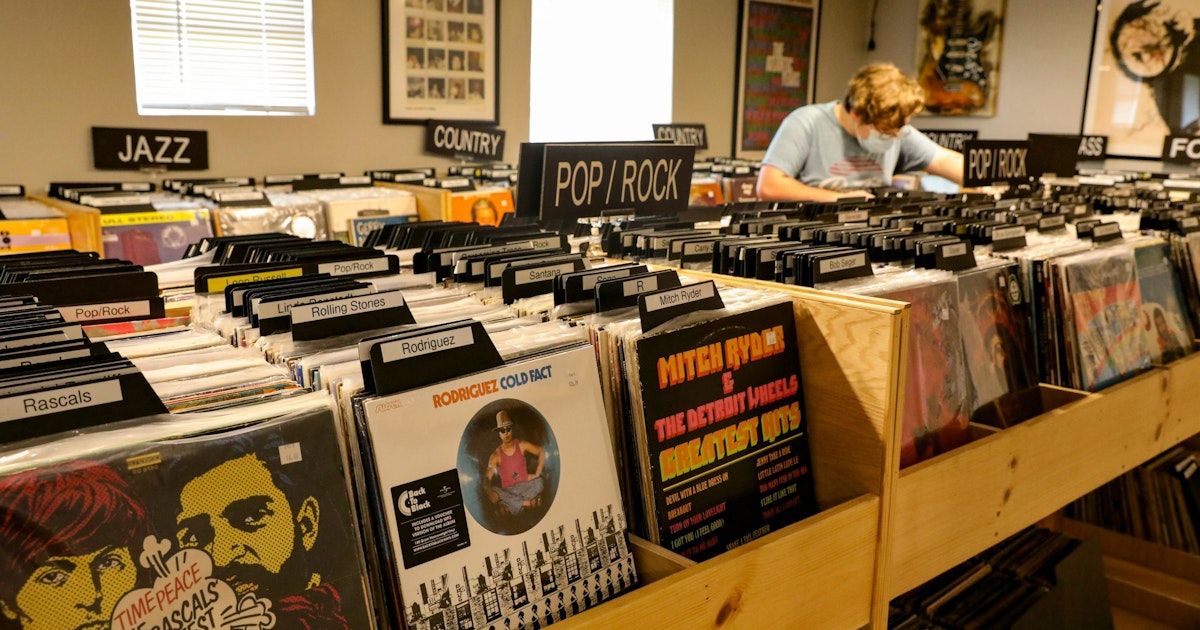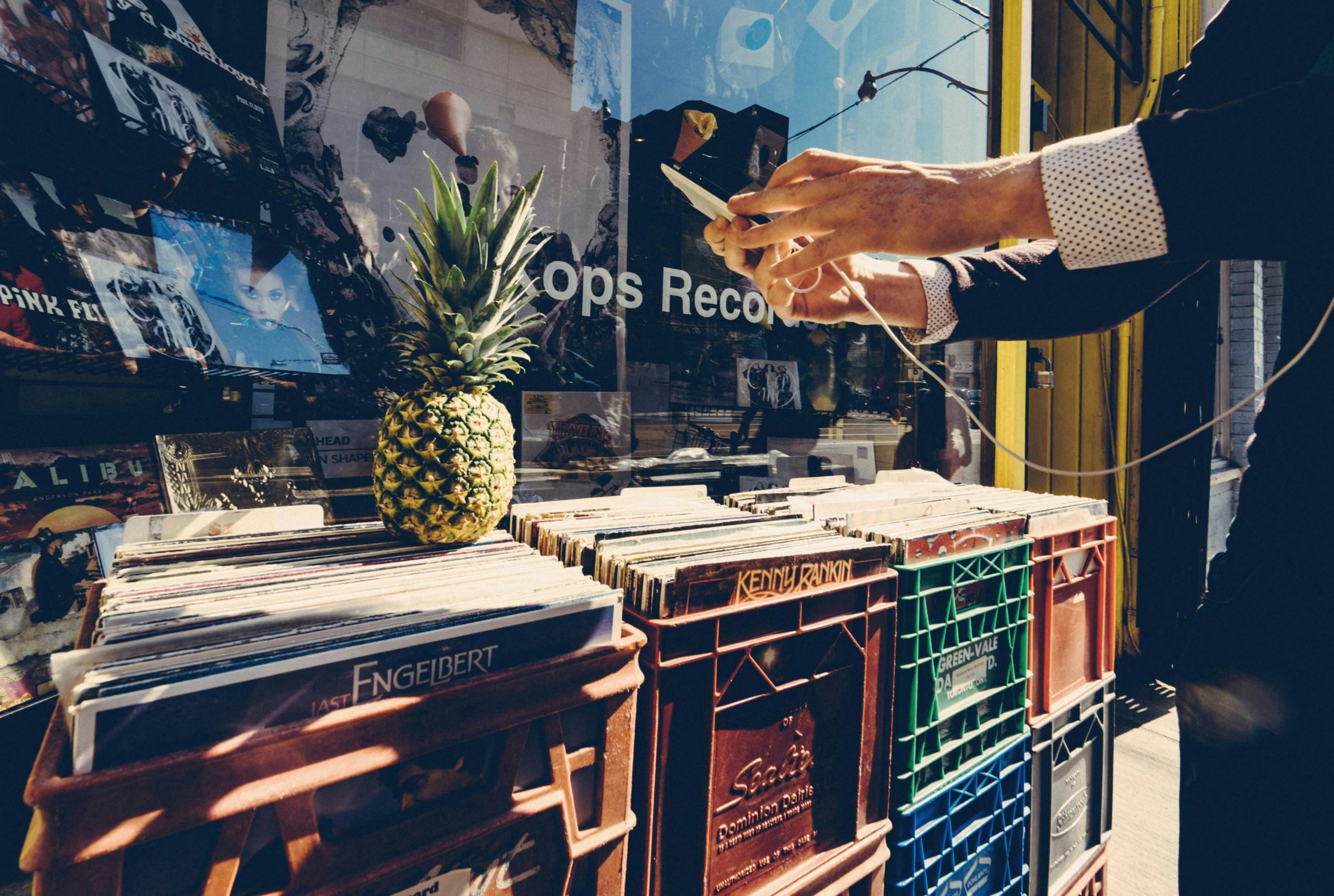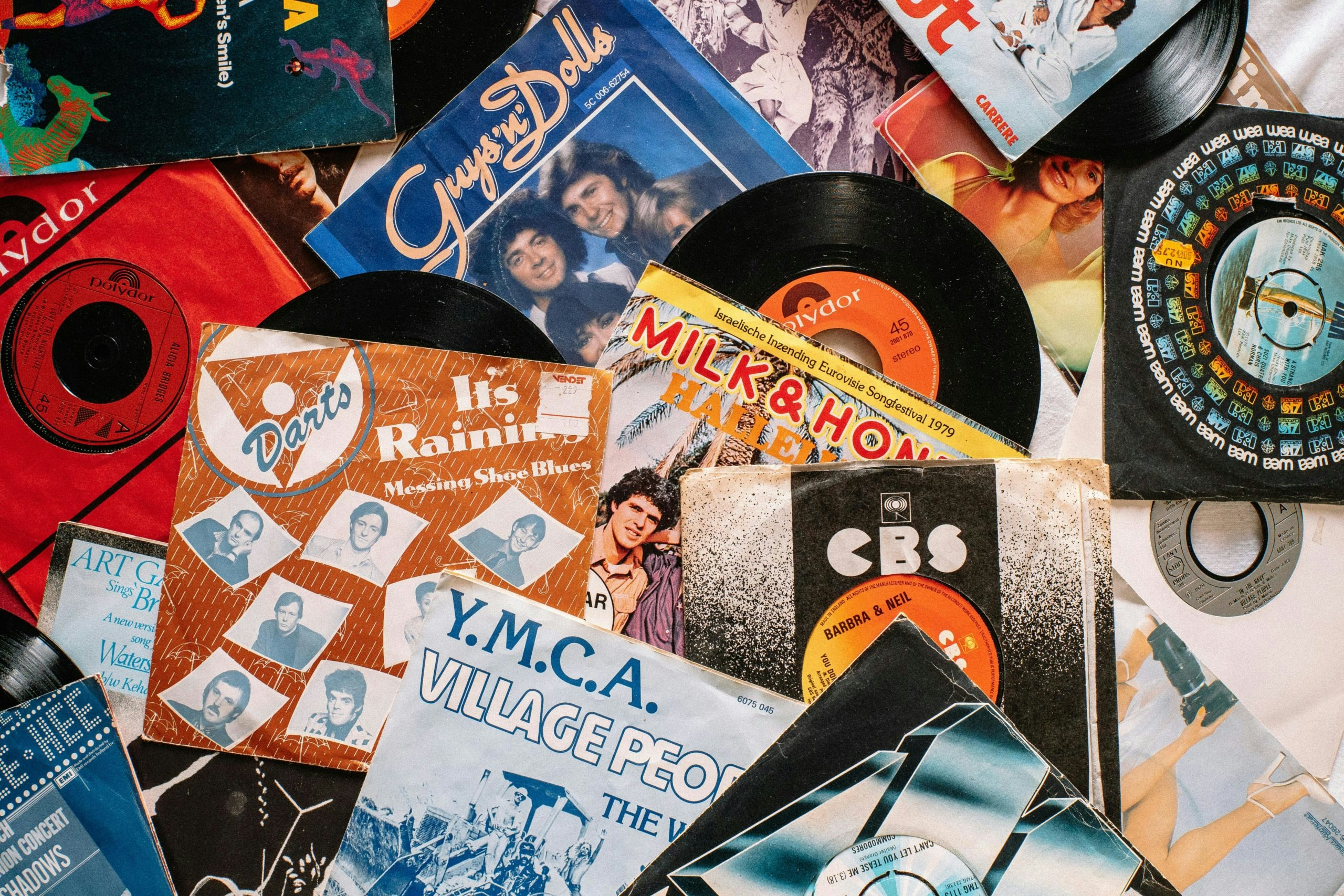The Art of Buying Used Vinyl Records: A Guide for Beginners
By Julia Girdharry

To enhance your exploration amidst a myriad of used records, we’ve crafted a guide to buying used vinyl. Get ready to discover hidden gems and make the most of your vinyl hunting journey.
There’s a magical allure to thumbing through stacks of used vinyl records—the thrill of discovering a gem from the past, the tactile sensation of pulling a dusty sleeve from the shelf, and the anticipation of hearing crackles and pops as the needle finds its groove.
At Precision Record Pressing, we lead the way in producing new and recycled records. However, we also cherish the hunt for used pieces, blending the best of both worlds in our collections.
For those venturing into the world of buying used vinyl, it’s not just about snagging a good deal; it’s about uncovering pieces of music history. Here’s a guide to help you navigate this treasure trove and make the most of your vinyl hunting experience.
What to Look For
1. Condition is Key
When shopping for used vinyl, the condition of the record itself is paramount. Look for scratches, scuffs, and warping, as these can affect sound quality. A record in “mint” condition will play without any surface noise, while “very good” indicates minor surface noise that shouldn’t overpower the music. Avoid records labeled as “poor” or “fair,” as they may be heavily damaged.
2. Check the Vinyl Color
Certain vinyl releases are colored or marbled, adding to their appeal to collectors. While it’s true that color can affect sound quality, colored records still hold value. Many recorded pressing companies make colors and styles that are irreplicable, meaning that mixed color records come out differently each time. Keep an eye out for these unique variations.
3. Inspect the Cover
The album cover is part of the package, so make sure it’s in decent condition. Look for seam splits, ring wear, and water damage. A record with an intact, clean cover will hold more value.
4. Pay Attention to Pressings
Different pressings of an album can vary in sound quality and value. Some collectors prefer early pressings, which may have unique mixes or mastering. Research the album you’re interested in to determine which pressing suits your preferences.
5. Rating System
Many record stores and sellers use a standardized grading system to describe the condition of their vinyl:
- Mint (M): Perfect or nearly perfect condition, often unplayed.
- Near Mint (NM): Like new with no visible flaws.
- Very Good Plus (VG+): Slightly used with minor signs of wear.
- Very Good (VG): Some surface noise or scratches, but plays well.
- Good (G): Noticeable scratches or scuffs, may affect sound quality.
- Poor (P) / Fair (F): Heavily worn or damaged, likely skips.
6. Hole Punched Record Sleeves
If you come across records with hole-punched sleeves, don’t be deterred. This practice is often used by record stores to mark discounted or overstocked albums. The cut out/hole punch prevents stores from selling the item as new. The punched corner doesn’t affect the record’s playability, so it can still be a valuable find.
RELATED: How To Sell Your Vinyl Records Online


Finding Value Among the Overwhelming Selection
Navigating a sea of used records can be daunting, especially for newcomers. Here are a few tips to help you uncover valuable finds:
1. Research Before You Shop
Know what you’re looking for before diving in. Check online resources, collector forums, and price guides to familiarize yourself with valuable records and their distinguishing features.
2. Ask the Experts
Don’t hesitate to seek advice from store owners, fellow collectors, or online communities. They can offer insights into rare releases, hidden gems, and where to find them.
3. Be Patient and Persistent
Finding valuable records takes time and persistence. Visit different stores, flea markets, garage sales, and online marketplaces regularly. You never know when you’ll stumble upon a coveted album at a bargain price.
4. Trust Your Instincts
Ultimately, collecting vinyl is a personal journey. If a record speaks to you, whether for its music, artwork, or history, it holds value beyond its price tag.
In the world of buying used vinyl records, each purchase holds the potential for discovery and delight. Whether you’re seeking a classic favorite, a rare pressing, or a forgotten gem, the hunt is part of the thrill. So grab your crate-digging essentials—keen eyes, a discerning ear, and a sense of adventure—and embark on your vinyl collecting journey. Who knows what treasures await in the grooves of those timeless discs?
RELATED: Multi-Color Vinyl Effects Explained
Header photo by Mick Haupt